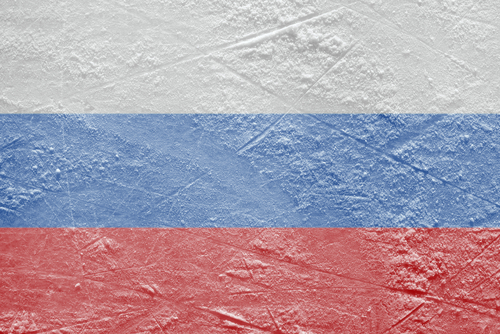A four-month-long domino effect of sanctions, Russian stocks becoming ‘uninvestable’, indices being pulled and ETFs shutting up shop leaves us in a situation where a shrinking few survivors hang on.
Last week, the Invesco RDX UCITS ETF (RDXS) became the latest to face the chopping block after Invesco said it would be “impracticable” to continue operating the fund, following Wiener Boerse’s decision to discontinue its benchmark, which then prompted its counterparties to cancel its underlying swaps due to a lack of valid reference.
Speaking to ETF Stream, Johannes Klaus, senior manager of index services at Wiener Boerse, said: “As the war in Ukraine started, the Russian market was hit by sanctions which made it impossible for traders of RDX products to access the underlying shares and Global Depository Receipts (GDR) of RDX.”
The index provider’s parent company, Vienna Stock Exchange, first suspended the calculation of its Russia benchmarks and then convened an emergency index committee meeting, where it decided to price all constituents to near zero as EU and US sanctions directly targeted Russian securities.
A second emergency meeting convened after Russia passed federal law 114-FX, forcing Russian companies to end their depositary receipt programs as soon as possible.
Amid “high insecurity”, uncertainty over GDR trading and the index universe of RDX starting to “basically disappear”, the index committee decided to call time on RDX from 17 May.
Klaus argued: “A discontinuation could have been avoided if EU/US sanctions were not imposed “overnight” but with a reasonable timeframe for traders to close and settle all their positions in an orderly manner and if the DR programs would not have been ceased.”
Facing the same barrier was BlackRock and its Russia and Eastern Europe ETFs, which will be terminated on 20 June, a day before Invesco’s RDXS.
The iShares MSCI Russia ADR/GDR UCITS ETF (CSRU) was first suspended and then faced a situation where its underlying depository receipts would cease to exist. One solace is GDRs purchased before the effective date of 27 April could be surrendered to the depository bank in exchange for the underlying shares.
However, BlackRock chose not to do this as switching into local Russian securities would not be in keeping with CSRU’s investment objective and would involve a voting process to overhaul the fund into an exposure that will likely remain untradeable for the foreseeable.
On the iShares Eastern Europe Capped UCITS ETF (IEEF), the product was still tracking securities that were allowed to trade while the ETF itself remained suspended. Following its termination, it will sell realisable securities and return proceeds to shareholders, while the Russian components will remain in the vehicle until they can be sold.
While these Russia ETFs decided to cut their losses and Russian stocks have been booted from broader emerging markets indices, four remaining but still-suspended Russian equity ETFs from HSBC Asset Management, DWS and Lyxor appear determined to weather the storm without an end in sight.
The HSBC MSCI Russia Capped UCITS ETF (HRUD) physically replicates a basket of Russian equities while the Xtrackers MSCI Russia Capped Swap UCITS ETF (XMRD) uses swaps for indirect exposure – both of which are currently untradeable.
When asked about its decision not to close its Russia product, an HSBC AM spokesperson told ETF Stream: “We are constantly reviewing the situation in the best interests of shareholders.”
To the same question, DWS responded: “Some indices consisted exclusively or mainly of GDRs on Russian stocks. With the termination of GDRs as imposed by the Russian Federation, these indices ceased to exist.
“The Xtrackers ETF’s underlying index mainly tracks Russian stocks and hence the index continues to exist, even though no public prices and hence index values are available to the market. As a result, the ETF can stay open for the time being while continuing to be suspended.”
Interestingly and unlike the GDR-based ETFs from Invesco and BlackRock, the Lyxor PEA Russia (MSCI Russia IMIM Select GDR) UCITS ETF (PRUS) and Lyxor MSCI Russia UCITS ETF (RUS) are one hundred percent exposed to GDRs that no longer exist – yet the ETFs have not been terminated.
Whether the products will exercise their right to convert the GDRs into underlying stocks is unclear but a Lyxor spokesperson told ETF Stream it is “examining all options”.
The firm added: “Current conditions and in particular the lack of visibility on a possible reopening of the underlying market for these ETFs do not currently allow either a closure or a reopening.”
With around $6bn in Russia-exposed assets under management (AUM) frozen since the invasion began, according to Morningstar, it remains to be seen how long Russia ETFs can hold on with their underlying either unable to trade or non-existent. Issuers face the unenviable choice of hitting eject at a value of zero or waiting for an eventual reopen date, with chaos likely to ensue amid fierce buying and selling activity.
Related articles







